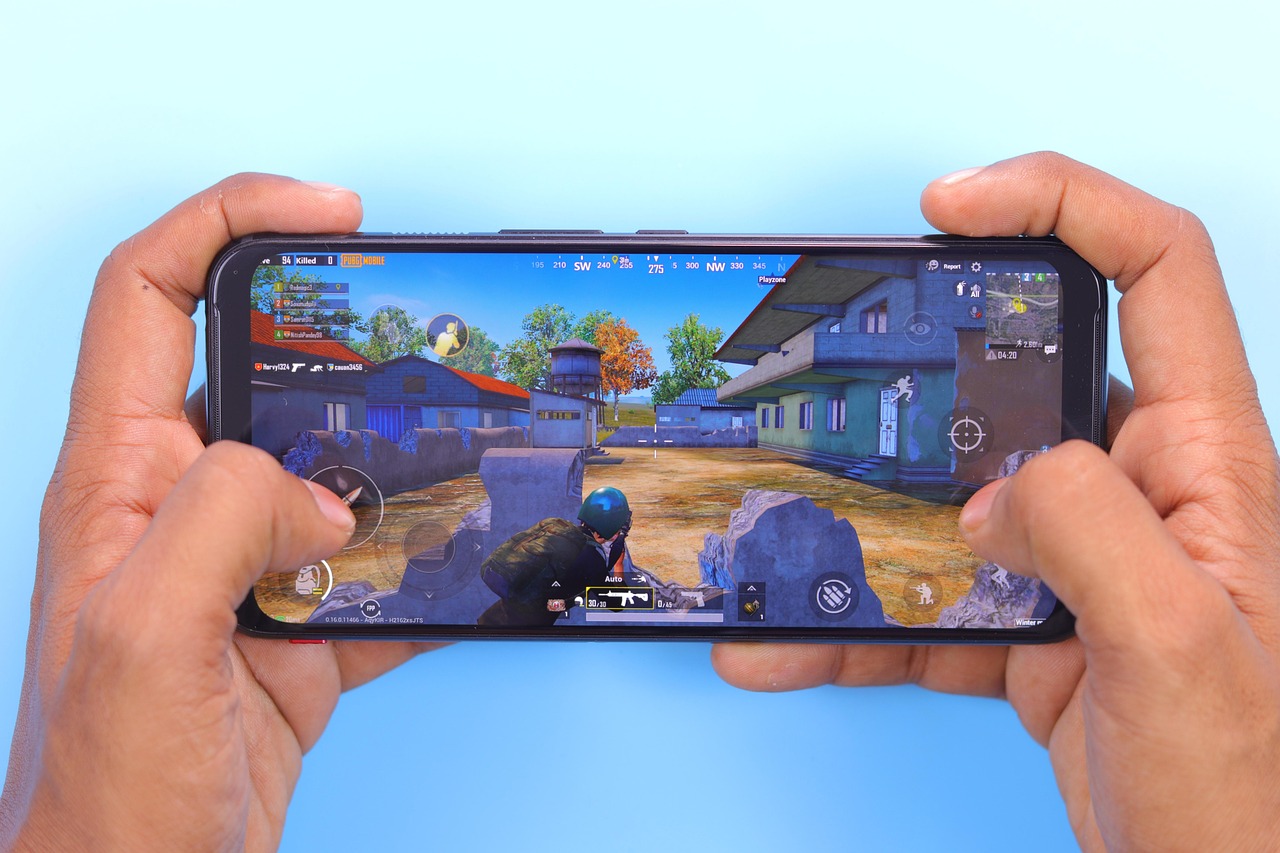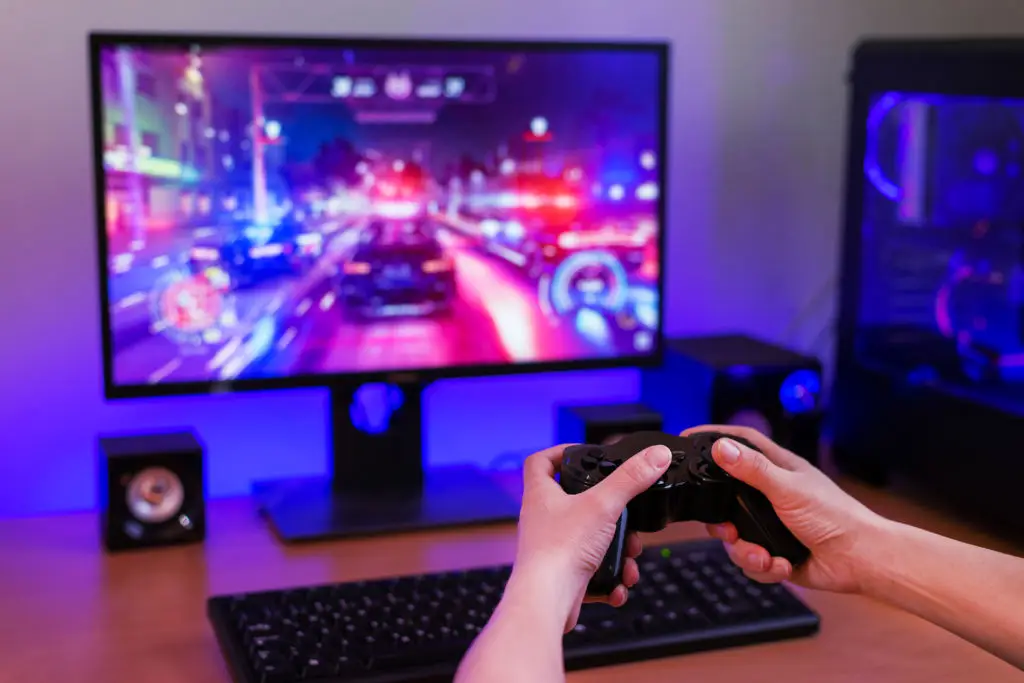Buying your first personal computer isn’t just a tech purchase—it’s a turning point. Whether you're diving into remote work, content creation, gaming, or simply staying connected, the right PC can transform how you live and work. But with endless choices, confusing specs, and buzzwords flying at you from every direction, the process can quickly go from exciting to overwhelming. Do you need more RAM or a better GPU? Is a desktop better than a laptop? Should you future-proof now or stay budget-friendly? This guide breaks down everything you need to know before you buy—no jargon, no fluff. From pinpointing your priorities to understanding what really matters in a spec sheet, we’ll help you make sense of the noise and find a system that fits your goals and your lifestyle. Let’s simplify the process and make sure your first PC is a smart, lasting investment.
1. Assessing Your Needs: The Foundation of Choice
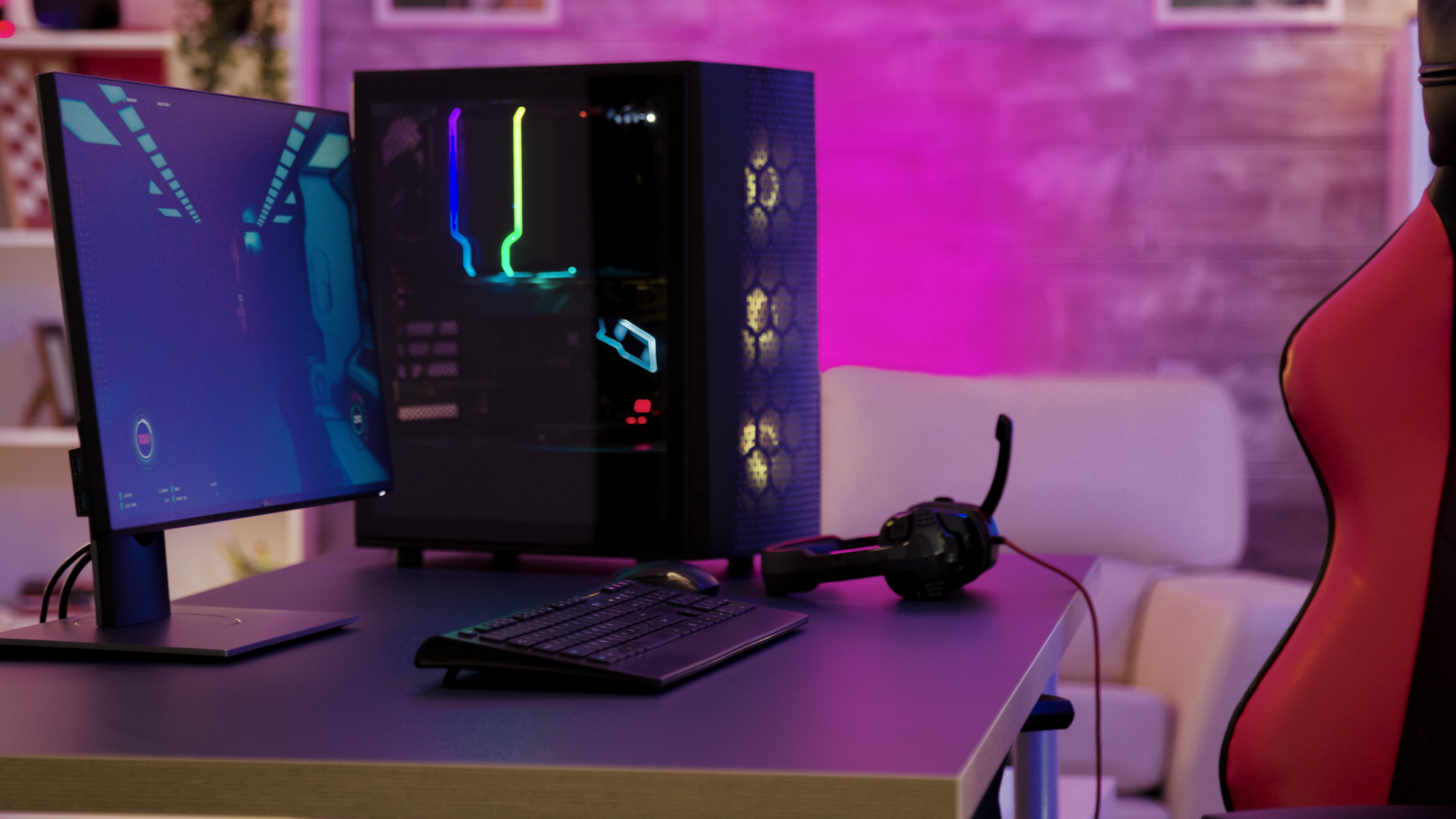
Before delving into the technicalities, it's crucial to assess your specific needs, as this will shape every subsequent decision. Are you seeking a machine for gaming, professional work, or casual browsing? A gamer might prioritize a high-performance graphics card, while a professional might need robust processing power for multitasking. Students and casual users could focus on portability and battery life. Understanding your primary use cases will help you filter out unnecessary features and focus on what's truly important, ultimately guiding you towards a PC that aligns perfectly with your lifestyle and requirements.
2. Understanding Specifications: Decoding the Jargon
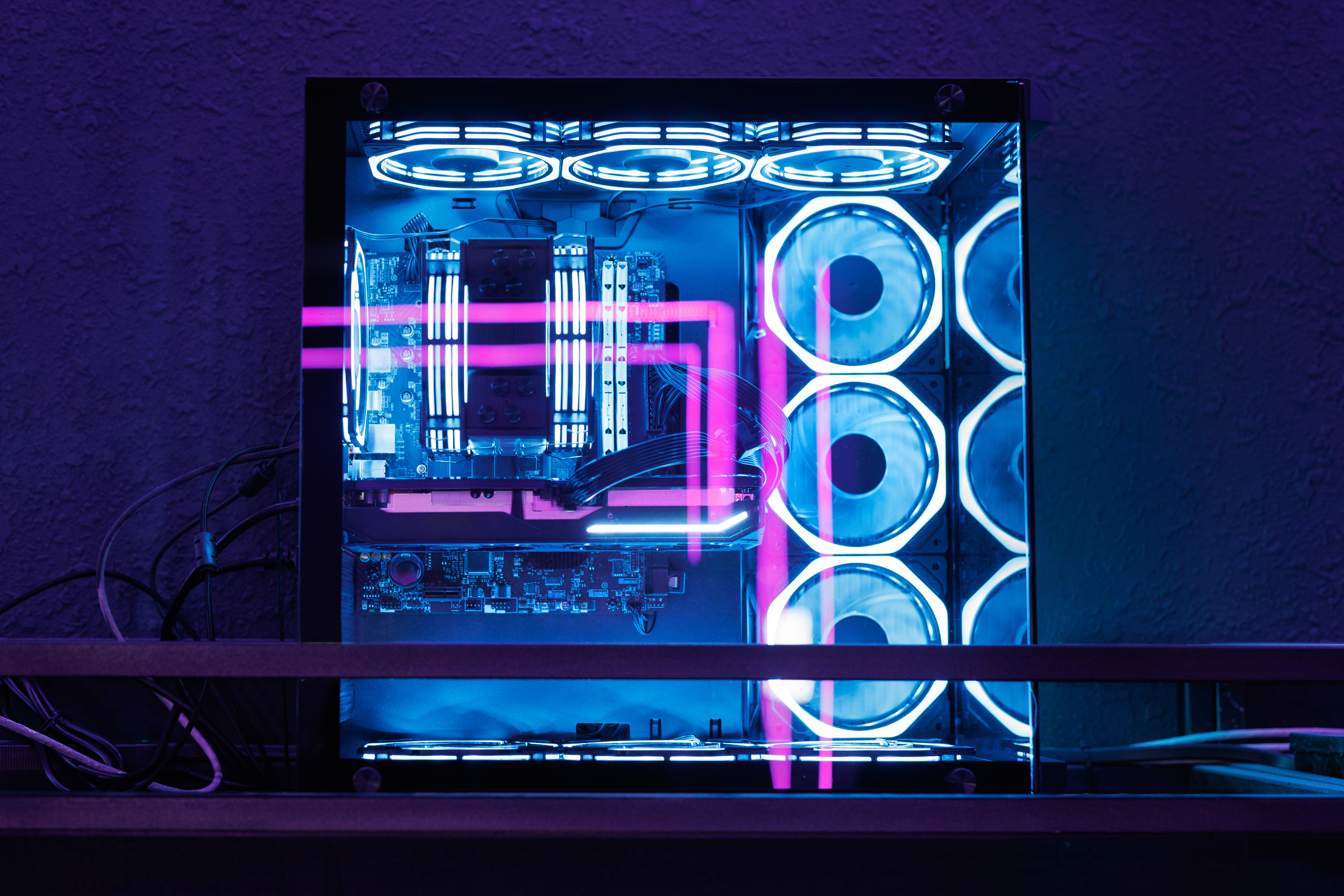
The world of PC specifications can be overwhelming, filled with acronyms and numbers that might seem cryptic at first glance. Key components to focus on include the CPU (central processing unit), GPU (graphics processing unit), RAM (random access memory), and storage options like SSDs (solid-state drives) or HDDs (hard disk drives). Each component plays a critical role in your PC's performance. For instance, a faster CPU improves overall speed, while more RAM allows for smoother multitasking. By demystifying these terms, you can make informed decisions that ensure your PC meets your performance expectations.
3. Budgeting: Balancing Cost and Value

Setting a budget is a pivotal step in the PC purchasing process. It's essential to strike a balance between cost and the features you need. While it might be tempting to opt for the latest and greatest, remember that technology evolves rapidly, and today's top-tier model might become obsolete sooner than expected. Consider what features are non-negotiable and where you might be willing to compromise. Additionally, keep an eye out for deals and discounts, especially during sales events. A well-planned budget ensures you get the best value without straining your finances.
4. Choosing the Right Form Factor: Desktop vs. Laptop
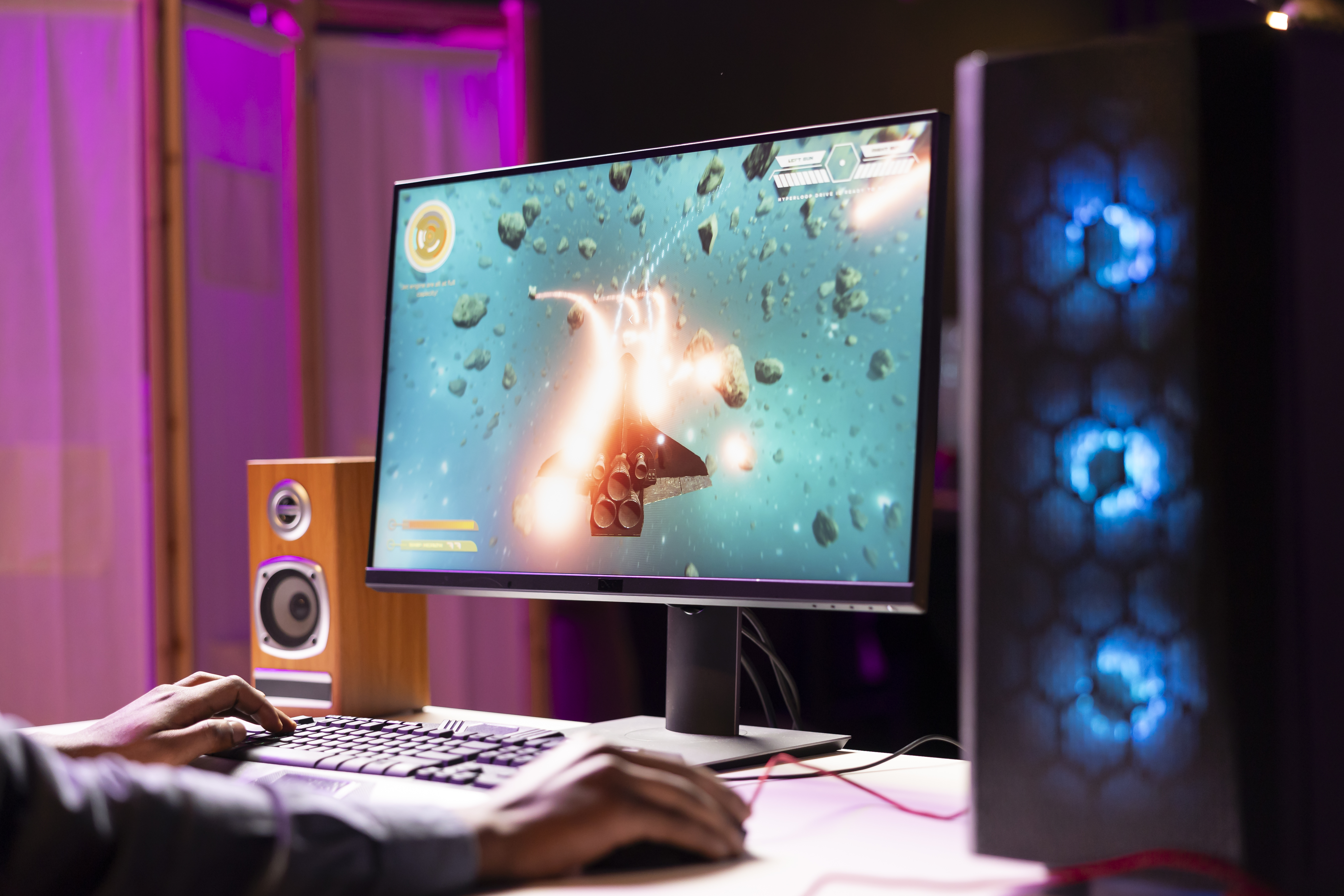
One of the fundamental decisions you'll face is choosing between a desktop and a laptop. Desktops typically offer more power and upgradeability, making them ideal for gaming or intensive tasks. They also tend to be more cost-effective for the performance they deliver. Laptops, on the other hand, offer portability and convenience, perfect for those who need to work on-the-go or have limited space. Consider your lifestyle and how you plan to use your PC to determine which form factor suits you best. This choice will significantly influence your overall computing experience.
5. Operating Systems: Finding Your Software Soulmate
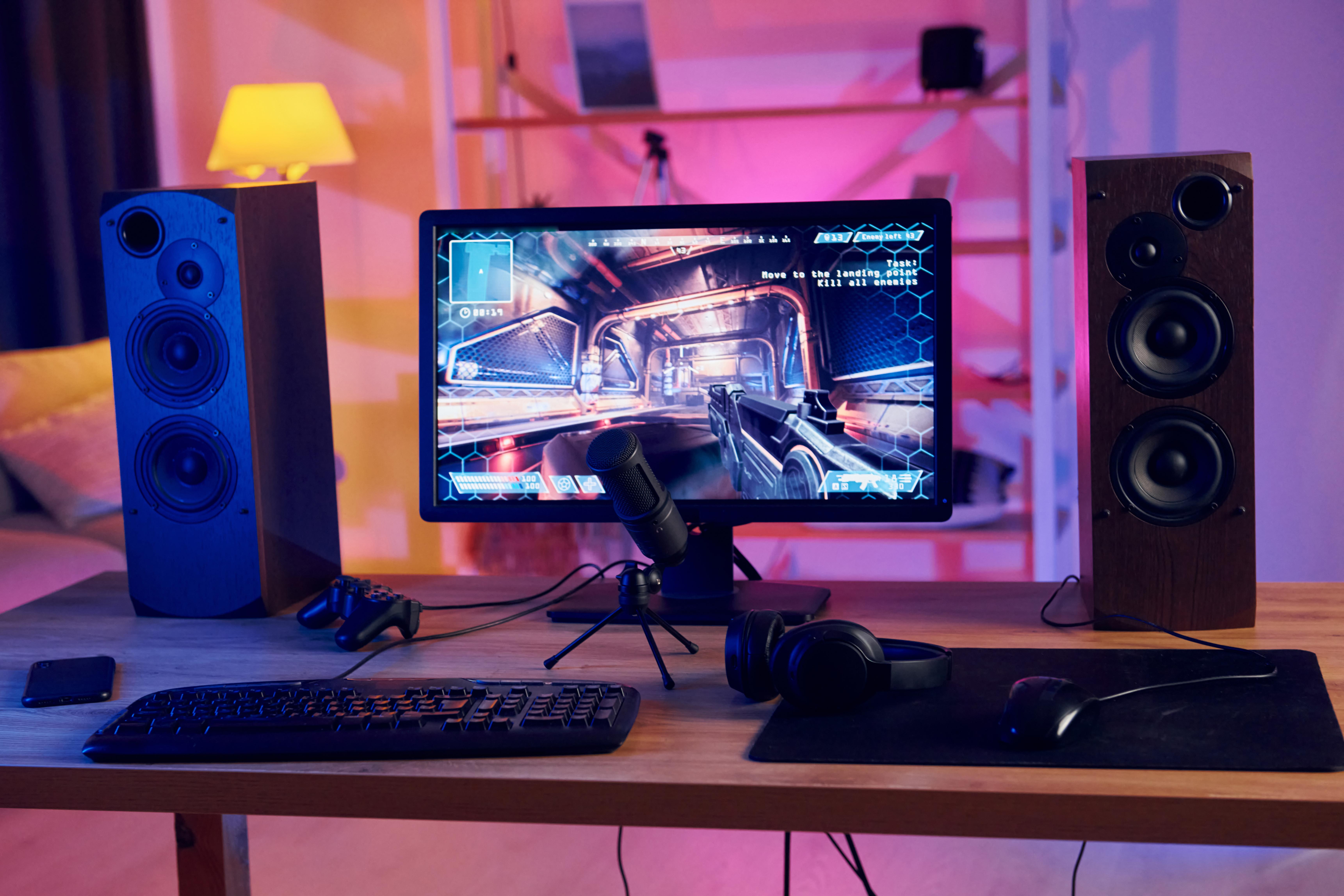
The operating system (OS) is the software backbone of your PC, dictating how you interact with your machine. The major contenders are Windows, macOS, and Linux. Windows is known for its versatility and compatibility with a wide range of software, making it a popular choice for gamers and professionals. macOS offers a streamlined, user-friendly interface with strong integration across Apple devices. Linux, while less mainstream, provides a customizable and secure environment favored by developers. Evaluate which OS aligns with your needs and preferences, as this will impact your software choices and user experience.
6. Future-Proofing: Planning for Tomorrow

In the fast-evolving world of technology, future-proofing your PC is a wise strategy. This involves selecting components that will remain relevant and functional for several years. Consider investing in a slightly higher-end CPU and GPU, as these are harder to upgrade later. Ensure your PC has sufficient RAM and storage capacity to accommodate future needs. Additionally, look for systems with upgradeable parts, allowing you to enhance your machine as technology advances. By planning ahead, you can extend the lifespan of your PC and maximize your investment.
7. Brand Considerations: Trust and Reliability

Brand reputation can be a significant factor in your purchasing decision. Established brands often offer reliable products, comprehensive warranties, and robust customer support. Researching user reviews and expert opinions can provide insights into the quality and reliability of different brands. Consider the brand's history, commitment to innovation, and customer service track record. While lesser-known brands might offer competitive pricing, weigh this against potential risks such as limited support or lower build quality. Choosing a reputable brand can provide peace of mind and assurance of a quality product.
8. Environmental Impact: Conscious Computing

As awareness of environmental issues grows, it's important to consider the ecological impact of your PC purchase. Look for manufacturers that prioritize sustainability, offering energy-efficient models and responsible recycling programs. Energy Star ratings and EPEAT certification can guide you towards eco-friendly options. Additionally, consider the longevity and repairability of the PC, as longer-lasting products reduce electronic waste. By making environmentally conscious choices, you contribute to a more sustainable future while enjoying the benefits of your new technology.
9. Warranty and Support: Safeguarding Your Investment

A comprehensive warranty and reliable customer support are crucial aspects of a PC purchase. They provide security and assistance in case of defects or technical issues. Examine the warranty terms, including duration and coverage details. Some manufacturers offer extended warranties or on-site support, which can be beneficial for critical users. Evaluate the customer support options available, such as online chat, phone support, or service centers. A strong warranty and support system ensure that help is readily available, protecting your investment and ensuring a seamless user experience.
10. User Reviews and Expert Opinions: Informed Decision-Making

Before finalizing your purchase, take the time to explore user reviews and expert opinions. These resources offer valuable insights into the real-world performance and reliability of different models. User reviews can highlight common issues or praises, while expert reviews provide detailed analyses of specifications and features. Look for consistent feedback patterns, both positive and negative, to guide your decision. By considering diverse perspectives, you can make a more informed choice, avoiding potential pitfalls and selecting a PC that truly meets your expectations.
Ready to Click 'Order'

Armed with a thorough understanding of your needs, specifications, and the various factors influencing your PC purchase, you are now ready to make an informed decision. The journey to finding the perfect PC requires careful consideration and research, but the effort pays off in the form of a machine that enhances your digital life. Whether you're seeking performance, portability, or sustainability, the right PC is within reach. With these essential insights, you can confidently click 'order,' knowing you've made a choice that aligns with your goals and values.


